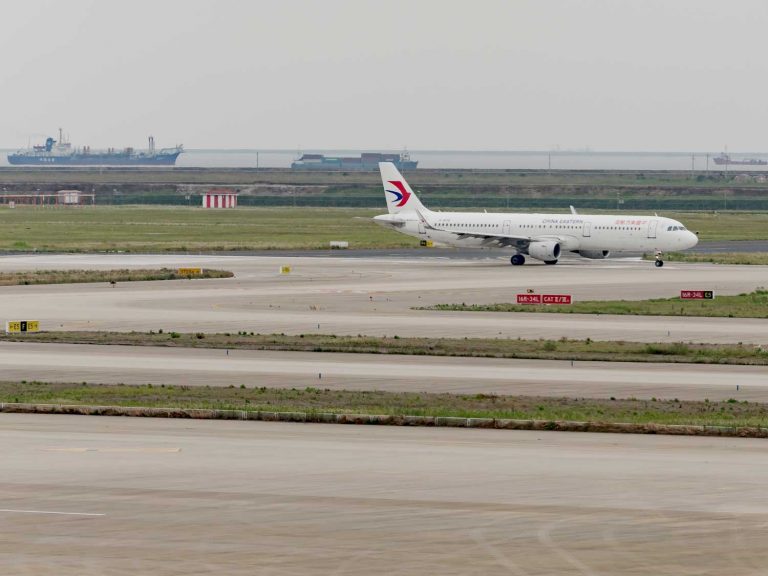
Date:
Demand for Shanghai sea exports may divert to air freight
As COVID lockdown measures are gradually relaxed in Shanghai it is uncertain how quickly export sea freight volumes will rebound, but many experts are anticipating a strong and sustained spike in demand creating a backlog of shipping containers, which could once again result in ocean shipments diverting and putting pressure on air freight, which is already experiencing reduced availability due to the lack of passenger aircraft, restricted movement through Russian airspace and carriers not finding the long haul route economically viable.
Shanghai port – the world’s largest container port – has remained open while the city’s lockdowns have disrupted manufacturing, trucking and freight operations for the past two months and the strength of the city’s manufacturing output recovery will determine if freight rates, which have stagnated, will increase sharply as peak season approaches.
While some believe that factories will recommence manufacturing steadily over coming months and ocean container shipping will resume the seasonal ups and downs we’ve been accustomed to before COVID-19, others point to the tremendous amount of cargo that is already awaiting shipment, estimated at 260k TEU, which combined with pent-up demand, can only result in a surge of pressure on container movements from the region.
The port is basically bursting with containers, and if not cleared or substantially reduced, there may be little room for export loading movements to occur as smoothly as they normally do, which in turn could pile on the pressure at Shanghai Pudong (PVG) airport.
Vessel traffic around the port is increasing with currently more than 3% of the global container fleet capacity stuck there and wider congestion is still having a profound impact, with serious congestion in both American and European ports causing sailings to return to Asia late, resulting in additional delays and blank sailings.
Meanwhile the huge backlog of containers at Shanghai grows, with no capacity to shift it and when you have all this capacity constraint and demand on the ocean freight side, cargo will simply begin diverting to air freight, to recover failures and delays in the supply chain.
Importers who need their products to meet market demand, or to use in production, will use air to get those products as quickly as possible and that will also have an influence on capacity, which is more scarce today than it was two years ago. We know this as distressed sea freight and add this to the planned air freight for higher value products, with peak season due at the end of Q3, then there is likely to be a spike once production flows are recovered in the factories.
This could contribute to already elevated air freight rates, which have remained elevated due to the lack of capacity that followed airspace restrictions and the Shanghai lockdown.
Shanghai is loosening lockdown restrictions now, with the normal manufacturing and logistics environment likely to return in June and when it happens, we expect to see a surge in air freight volumes as shippers expedite products, that are needed on shelves the UK, Europe and the US.
We will continue to closely monitor the situation and update you as changes occur, but we do recommend checking with your vendors, to clarify the status of your orders.
We hope to see supply chains start to flow freely again quickly, as the pent-up demand for delayed goods could quickly create congestion, if operations are not running optimally.
We expect demand for space and spot/ FAK rates to increase very quickly and would suggest you start talking to us now about your potential requirements, so we can put appropriate plans in place.
To discuss how we support and protect your supply chain, please contact Elliot Carlile.
